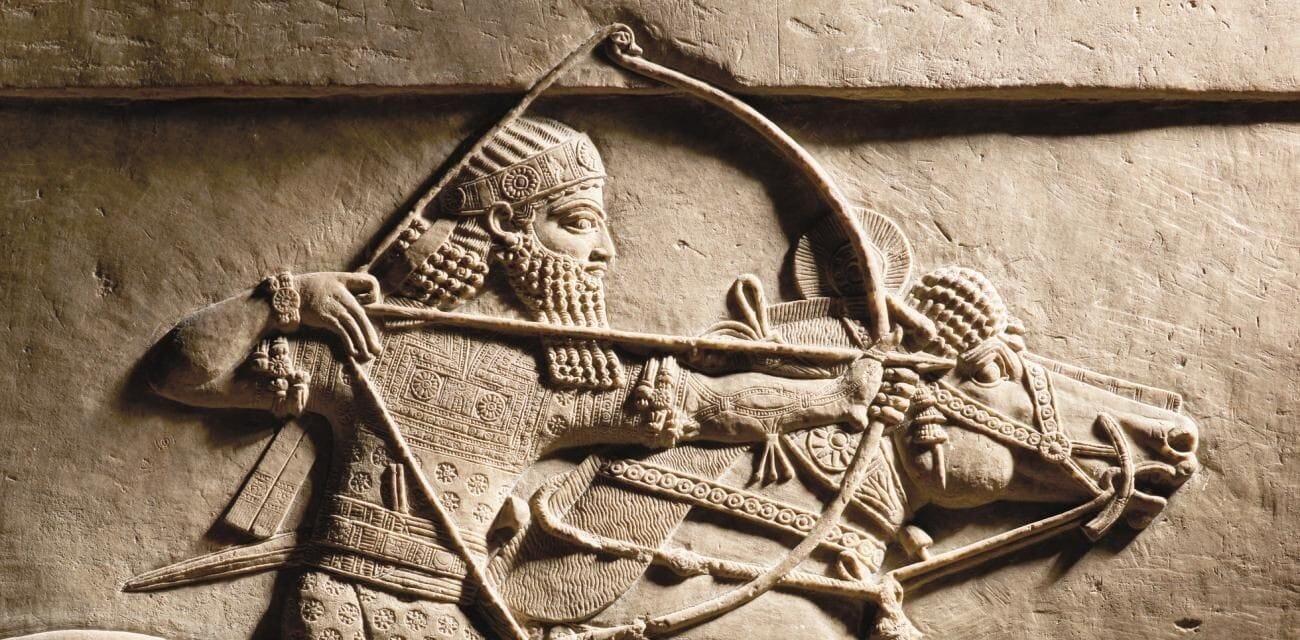Archaeological finds and discoveries occur all the time all over the world. Dramatic archaeological finds that shape or alter our understanding of history, though? Those are few and far in between. Take the recent discovery of the location of the Bible’s most famous dance – one in which a femme fatale seduced a king to execute a prophet. Or the nineteenth century discovery of an ancient library that contained tens of thousands of documents. Below are twenty five things about those and other fascinating archaeological finds.
History’s Most Influential Dance?

What are the likeliest responses if you ask people what they think is the most famous dance from history? Michael Jackson’s Moonwalk? Fred and Ginger? The final scene from Dirty Dancing? Nowadays, those might be among the first dances that come to mind. For centuries, however, the most famous – and certainly most influential – dance that sprang to mind was one recounted in, of all places, the Bible. It was a deadly dance that cost John the Baptist his life. Per the New Testament, this John anticipated the arrival of a messiah, and had baptized Jesus. He had followers, and some of Christ’s disciples started off as John’s disciples. He came to a bloody end after he criticized Herod Antipas because he divorced his wife, then unlawfully wed Herodias, his brother’s spouse.

John the Baptist pretty much called Herodias a whore. That, understandably, upset both her and her daughter, Salome. They wanted John’s head, but Herod declined. So Salome seduced her stepfather with a dance at his birthday party. Sources do not reveal the dance’s details, but she performed it so well, that Herod was enchanted. He offered to reward her spectacular performance with anything she wanted, up to half his kingdom. Salome wanted the head of John the Baptist. Trapped by his promise, a reluctant Herod had John beheaded. It is a fascinating tale that titillated Bible readers for centuries, as they imagined just what kind of dance Salome performed for Herod. Recently, as seen below, a new twist was added to the story: an archaeological find of the dance floor upon which Salome enchanted her stepdad.

